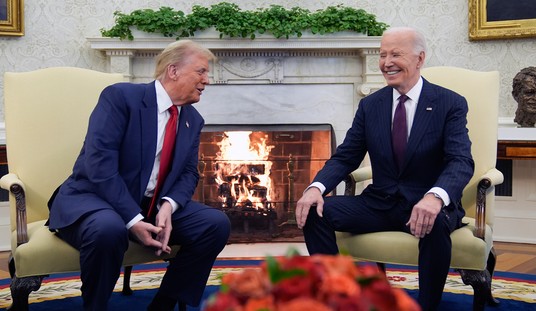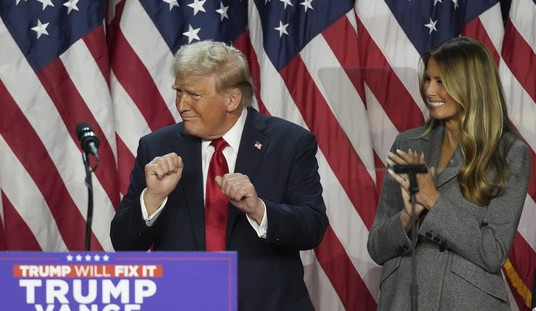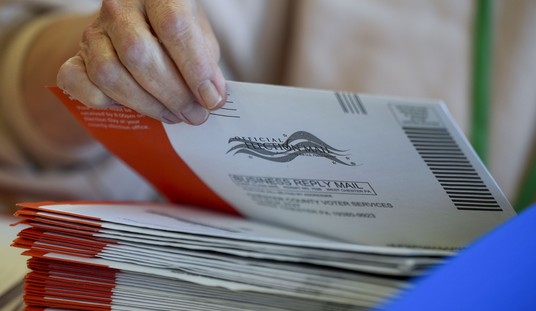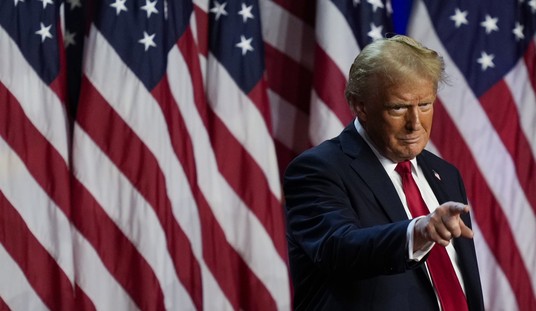Republican 2012 presidential candidates have jumped on the anti-China bandwagon. Mitt Romney wrote: "If I am fortunate enough to be elected president, I will work to fundamentally alter our economic relationship with China. ... I will begin on Day One by designating China as the currency manipulator it is." Former Sen. Rick Santorum, R-Pa., was even more challenging, saying, "I want to go to war with China."
Let's look at the magnitude of our trade with China. An excellent place to start is a recent publication (8/8/2011) by Galina Hale and Bart Hobijn, two economists at the Federal Reserve Bank of San Francisco, titled "The U.S. Content of 'Made in China.'" One of the several questions they ask is: What is the fraction of U.S. consumer spending for goods made in China? Their data sources are the U.S. Census Bureau, the Bureau of Labor Statistics and the Commerce Department's Bureau of Economic Analysis.
Hale and Hobijn find that the vast majority of goods and services sold in the United States are produced here. In 2010, total imports were about 16 percent of U.S. gross domestic product, and of that, 2.5 percent came from China. A total of 88.5 percent of U.S. consumer spending is on items made in the United States, the bulk of which are domestically produced services -- such as medical care, housing, transportation, etc. -- which make up about two-thirds of spending. Chinese goods account for 2.7 percent of U.S. personal consumption expenditures, about one-quarter of the 11.5 percent foreign share. Chinese imported goods consist mainly of furniture and household equipment; other durables; and clothing and shoes. In the clothing and shoes category, 35.6 percent of U.S. consumer purchases in 2010 were items with the "Made in China" label.
Recommended
Much of what China sells us has considerable "local content." Hale and Hobijn give the example of sneakers that might sell for $70. They point out that most of that price goes for transportation in the U.S., rent for the store where they are sold, profits for shareholders of the U.S. retailer, and marketing costs, which include the salaries, wages and benefits paid to the U.S. workers and managers responsible for getting sneakers to consumers. On average, 55 cents of every dollar spent on goods made in China goes for marketing services produced in the U.S.
Going hand in hand with today's trade demagoguery is talk about decline in U.S. manufacturing. For the year 2008, the Federal Reserve estimated that the value of U.S. manufacturing output was about $3.7 trillion. If the U.S. manufacturing sector were a separate economy -- with its own GDP -- it would be tied with Germany as the world's fourth-richest economy. Today's manufacturing worker is so productive that the value of his average output is $234,220, three times higher than it was in 1980 and twice as high as it was in 1990. That means more can be produced with fewer workers, resulting in a precipitous fall in manufacturing jobs, from 19.5 million jobs in 1979 to a little more than 10 million today.
The bottom line is that we Americans are allowing ourselves to be suckered into believing that China is the source of our unemployment problems when the true culprit is Congress and the White House.
























Join the conversation as a VIP Member